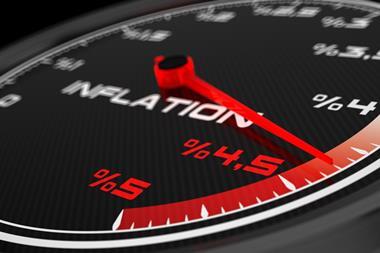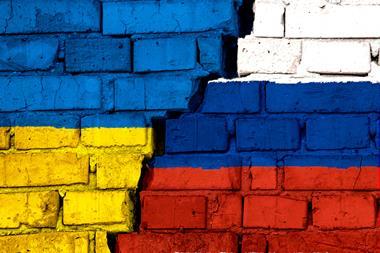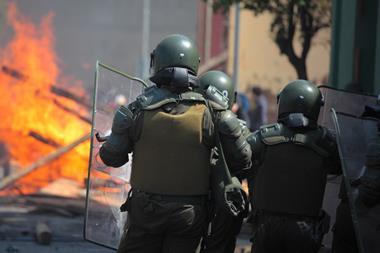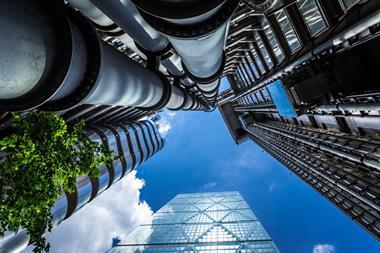Several European and North American cities have seen a marked increase in risk over the past year
Across the globe, 22% of the world’s largest cities are at high or extreme risk from a combination of civil unrest, conflict, crime and terrorism, while more than 75% face significant challenges on at least one these measures, reveals new research from Verisk Maplecroft.
The Cities@Risk Security Index, which assesses 579 urban centres with a population over 1 million, identifies crime as the most ubiquitous security issue facing populations and business in major cities across the world.
Latin America is flagged as the world’s crime hotspot with 62 of the 100 riskiest cities, eight of which record the highest possible risk scores.
Overall, the findings identify the world’s most dangerous cities as Kabul, Afghanistan; Mogadishu, Somalia; Cali, Colombia; Sanaa, Yemen; Port-au-Prince, Haiti; Aleppo, Syria; Medellín, Colombia; Kaduna, Nigeria; and Maracaibo and Barquisimeto in Venezuela.
“Companies with global operations must continue to assess their exposure to longstanding security risks such as crime, even as novel threats like climate change and the COVID-19 pandemic rightly move up the agenda,” says Verisk Maplecroft’s senior security analyst, Joseph Parkes, who led the study. “This research shows just how widespread the risks remain.”
Don’t underestimate ‘safe havens’
In contrast, the lowest risk cities are predominantly in East Asia, with Japan and Taiwan making up the 10 safest locations, along with Swiss capital Zurich.
Shizuoka-Hamamatsu MMA, Japan is the lowest risk city overall, followed by Sendai and Hiroshima. Vietnam also stands out as a strong option for companies that value lower overheads.
Relative safe havens are found across Europe, including Oslo, Porto, Dublin, Rotterdam and Stockholm, which are identified among the world’s 20 lowest risk cities.
However, it is not as simple as just picking a region – several European and North American cities have seen a marked increase in risk over the past year, with civil unrest a primary driver.
“Together, the strain of the COVID-19 pandemic, soaring living costs, and the impact of new political and social movements highlight the importance of a granular approach to assessing potential business disruption using geospatial risk data, alongside expert analysis,” adds Parkes.
“The precipitous increase in risk in Ukraine following Russia’s invasion also shows you can’t discount the impact of geopolitical upheaval.”




















No comments yet